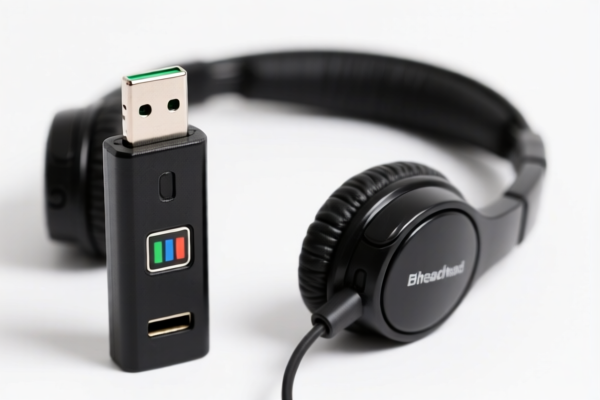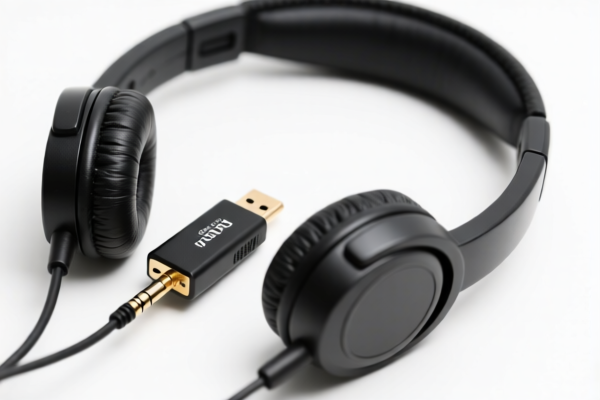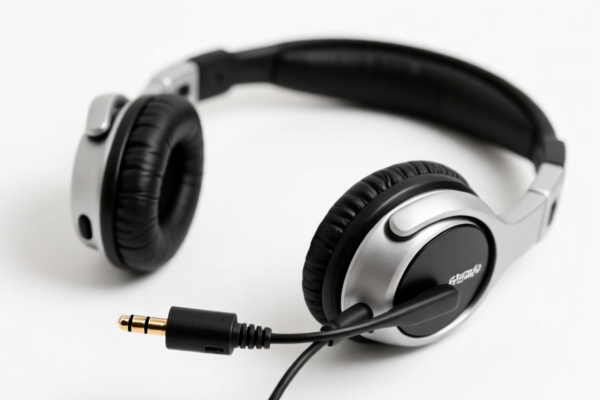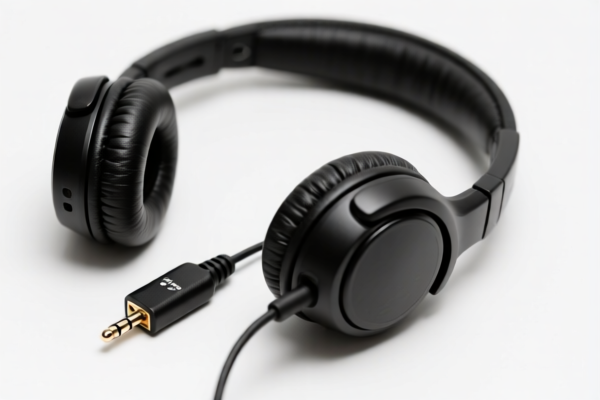| HS Code | Official Doc | Tariff Rate | Origin | Destination | Effective Date |
|---|---|---|---|---|---|
| 8518104000 | Doc | 55.0% | CN | US | 2025-05-12 |
| 8518500000 | Doc | 55.0% | CN | US | 2025-05-12 |
| 8544421000 | Doc | 55.0% | CN | US | 2025-05-12 |
| 8544422000 | Doc | 55.0% | CN | US | 2025-05-12 |
| 9001904000 | Doc | 55.0% | CN | US | 2025-05-12 |
| 9001909000 | Doc | 55.0% | CN | US | 2025-05-12 |
| 9504904000 | Doc | 30.0% | CN | US | 2025-05-12 |
| 9504909080 | Doc | 37.5% | CN | US | 2025-05-12 |
| 3901905501 | Doc | 61.5% | CN | US | 2025-05-12 |
| 3901909000 | Doc | 61.5% | CN | US | 2025-05-12 |
| 3914006000 | Doc | 58.9% | CN | US | 2025-05-12 |
| 3914002000 | Doc | 55.0% | CN | US | 2025-05-12 |




Radio Headset Adapter
A radio headset adapter is a device used to connect a radio headset to a communication system, often bridging compatibility gaps between different connector types, communication protocols, or radio standards. These adapters are crucial for enabling clear communication in various fields including aviation, public safety, military operations, motorsports, and event production.
Materials
Adapters are typically constructed from durable plastics such as Polycarbonate or ABS for the housing, with internal components utilizing metals like brass, steel, or gold-plated connectors for reliable signal transmission. Cable materials vary, commonly employing flexible PVC or polyurethane jackets for robustness and longevity.
Purpose
The primary purpose of a radio headset adapter is to facilitate communication using a radio headset with equipment it wouldn’t natively connect to. This includes:
- Connector Conversion: Adapting different connector types (e.g., from a GA plug to a two-prong aviation connector).
- Compatibility: Enabling the use of a specific headset with radios from different manufacturers or models.
- Adding Functionality: Introducing features like Push-to-Talk (PTT) capability, volume control, or noise cancellation.
- Interoperability: Allowing communication between different radio systems.
Function
Adapters function by converting electrical signals and physical connections. They typically contain circuitry to:
- Signal Matching: Ensure compatibility between the headset’s impedance and the radio’s output.
- Power Distribution: Provide power to the headset if required (electret microphones often require power).
- Audio Routing: Direct audio signals between the radio and the headset.
- PTT Activation: Enable the user to activate the radio’s transmit function.
Usage Scenarios
- Aviation: Connecting headsets to aircraft intercom systems or portable radios.
- Public Safety: Enabling communication between officers using different radio models.
- Military Operations: Facilitating secure and reliable communication in the field.
- Motorsports: Connecting pit crews and drivers for coordinated communication.
- Event Production: Enabling communication between event staff and technicians.
- Security: Allowing security personnel to communicate discreetly.
Common Types
- GA (General Aviation) Adapters: Convert GA plugs (typically ¼” or 3.5mm) to aviation connectors (e.g., U-174, U-175).
- Aviation Adapters: Connect various aviation headset connectors to different aircraft intercom systems.
- PTT Adapters: Add a Push-to-Talk button to headsets that do not have one. These can be wired or wireless.
- Noise-Canceling Adapters: Incorporate noise-cancellation circuitry for improved audio clarity.
- Dual-Plug Adapters: Allow two headsets to connect to a single radio.
- Adapter Cables: Simple cables with different connectors on each end for direct connection.
- Bluetooth Adapters: Enable wireless connection of headsets to radios via Bluetooth.
- USB Adapters: Allow connection to computers for programming or communication through software.
Based on the provided information, determining the precise HS code for a “radio headset adapter” requires careful consideration of its material, function, and application. Here’s a breakdown of potentially relevant HS codes, based solely on the content within the reference material:
-
8518104000: Microphones and stands therefor; loudspeakers, whether or not mounted in their enclosures; headphones and earphones, whether or not combined with a microphone, and sets consisting of a microphone and one or more loudspeakers; audio-frequency electric amplifiers; electric sound amplifier sets; parts thereof: Microphones and stands therefor: Microphones having a frequency range of
300 Hz to3.4 kHz with a diameter of not exceeding10 mm and a height not exceeding3 mm , for telecommunication use.- Chapter 85: Electrical and electronic equipment.
- Heading 8518: Microphones, loudspeakers, and related equipment.
- Subheading 851810: Microphones and stands.
- Further Specification 4000: Microphones having a frequency range of
300 Hz to3.4 kHz with a diameter of not exceeding10 mm and a height not exceeding3 mm , for telecommunication use. This code applies specifically to small microphones used in telecommunications. If the adapter incorporates a microphone meeting these specifications, this HS code may be relevant.
-
8544421000: Insulated (including enameled or anodized) wire, cable (including coaxial cable) and other insulated electric conductors, whether or not fitted with connectors; optical fiber cables, made up of individually sheathed fibers, whether or not assembled with electric conductors or fitted with connectors: Other electric conductors, for a voltage not exceeding
1,000 V : Fitted with connectors: Fitted with modular telephone connectors.- Chapter 85: Electrical and electronic equipment.
- Heading 8544: Insulated electric conductors.
- Subheading 854442: Other electric conductors, for a voltage not exceeding
1,000 V . - Further Specification 1000: Fitted with connectors: Fitted with modular telephone connectors. If the adapter primarily functions as a cable with connectors (specifically modular telephone connectors), this code may be applicable.
-
8544422000: Insulated (including enameled or anodized) wire, cable (including coaxial cable) and other insulated electric conductors, whether or not fitted with connectors; optical fiber cables, made up of individually sheathed fibers, whether or not assembled with electric conductors or fitted with connectors: Other electric conductors, for a voltage not exceeding
1,000 V : Fitted with connectors: Other: Of a kind used for telecommunications.- Chapter 85: Electrical and electronic equipment.
- Heading 8544: Insulated electric conductors.
- Subheading 854442: Other electric conductors, for a voltage not exceeding
1,000 V . - Further Specification 2000: Fitted with connectors: Other: Of a kind used for telecommunications. This code applies to electric conductors used in telecommunications, fitted with connectors (other than modular telephone connectors).
-
9504904000: Other: Game machines, other than those operated by coins, banknotes (paper currency), discs or similar articles; parts and accessories thereof.
- Chapter 95: Toys, games and sports equipment.
- Heading 9504: Video game consoles and parts.
- Subheading 950490: Other.
- Further Specification 4000: Game machines, other than those operated by coins, banknotes (paper currency), discs or similar articles; parts and accessories thereof. If the adapter is specifically designed for use with a gaming headset, this code might be considered.
According to the provided reference material, the HS code options related to 'radio headset adapter' are limited, with only the following 4 found.
It is important to note that the final HS code determination depends on the adapter's specific features, materials, and intended use. If the adapter incorporates electronic amplification, codes within Chapter 85 are more likely to be applicable. If it is simply a cable with connectors, codes within Heading 8544 may be more appropriate.
Customer Reviews
No reviews yet.